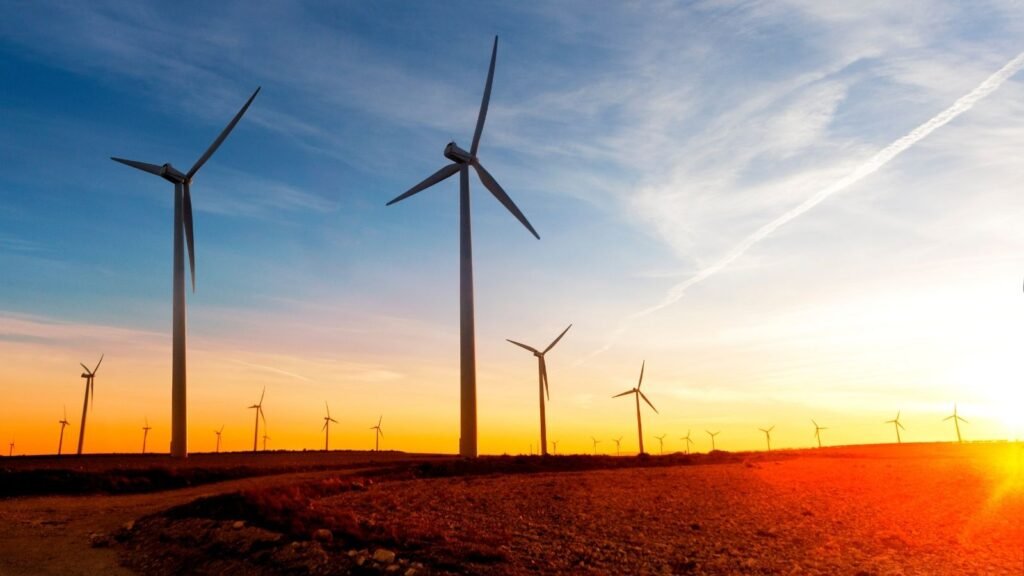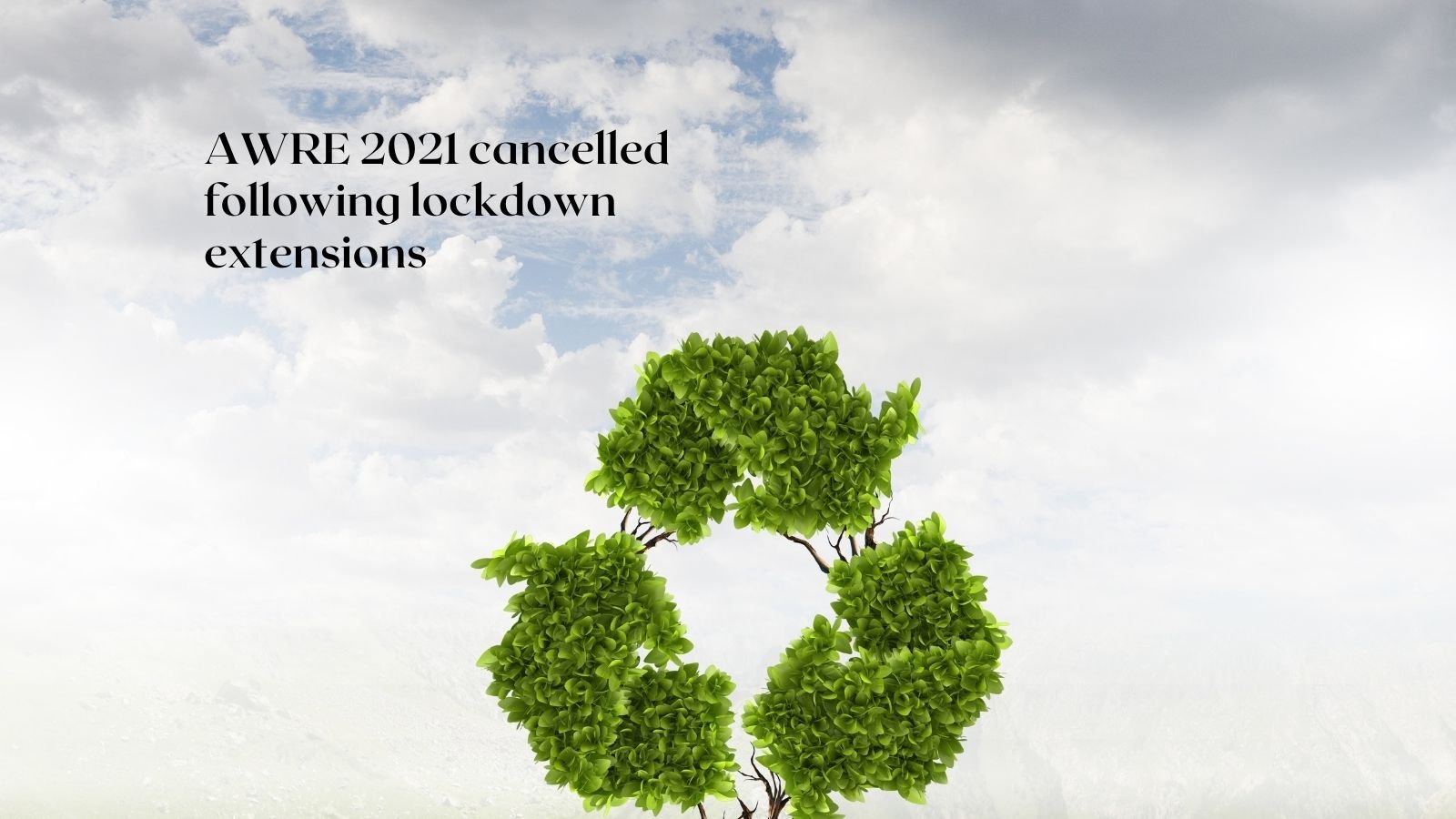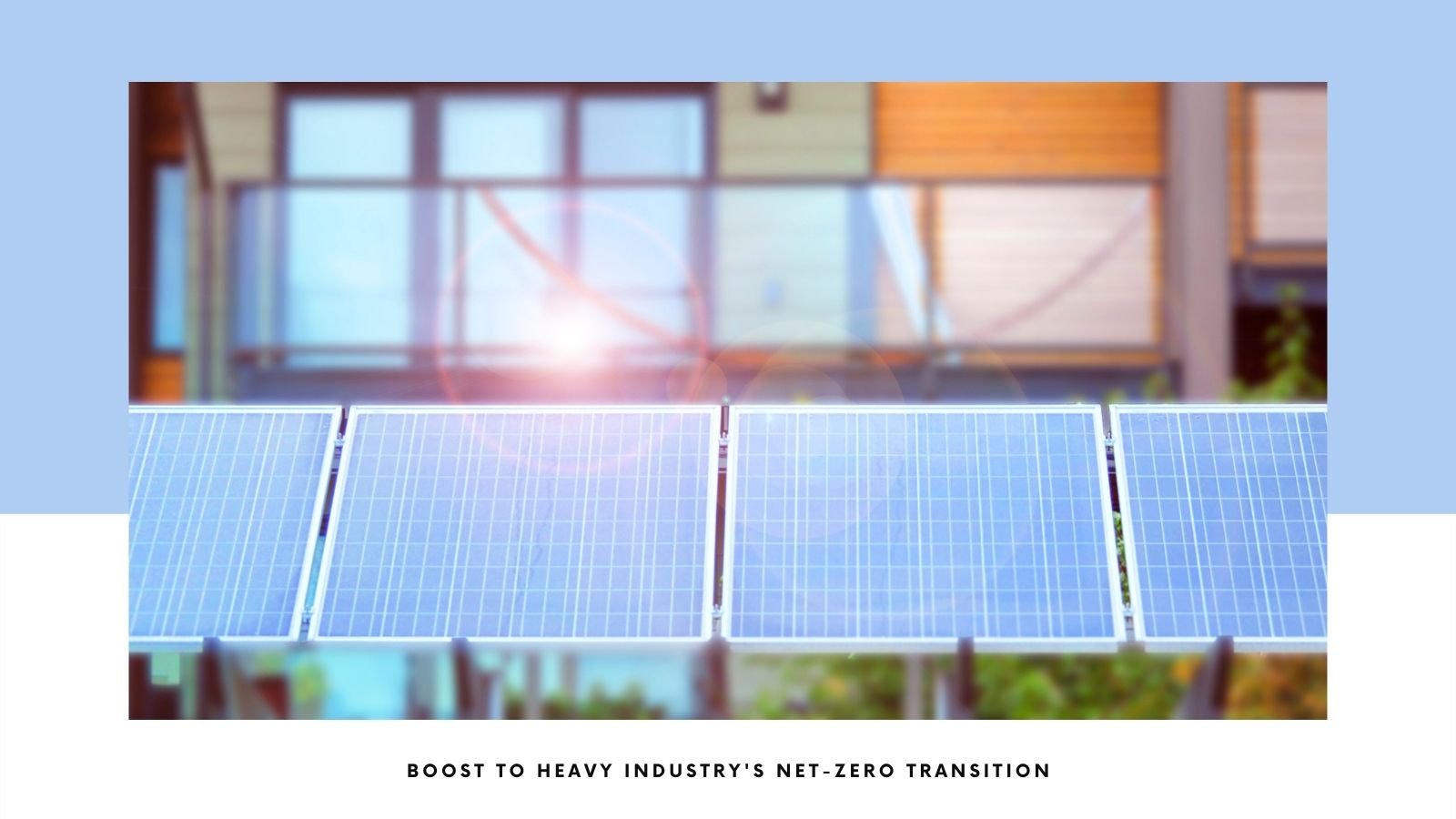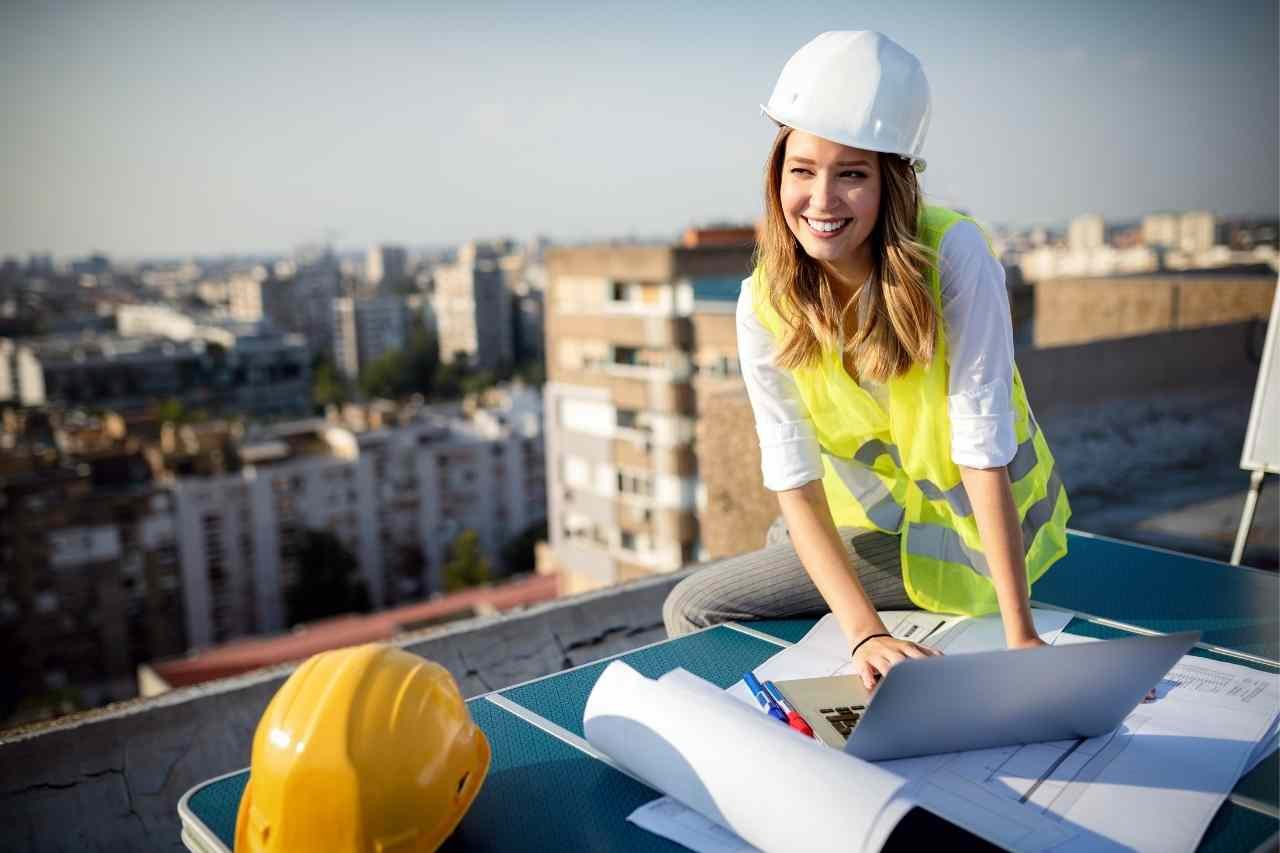“Great design isn’t enough. We need homes that will get us to net-zero”
By Geraldine de Boisse
To reduce carbon emissions, architects and designers need to change the way they design homes, writes Geraldine de Boisse, vice president of innovation at renewable-energy supplier Bulb.
“Great design isn’t enough. We need homes that will get us to net-zero.”
The way we live and work has changed. While we might not know exactly what normal looks like anymore, we know we need to act now to tackle the climate crisis. And that includes everyone in every industry.
Great design isn’t enough. We need homes and offices that will get us to net-zero. Construction work accounts for 36 per cent of global energy use and 39 per cent of CO2 emissions. It’s therefore crucial to future-proof buildings and make them green. That includes changing the way we design, power and heat our homes and offices.
Until now, most of the gains we’ve made in tackling the climate crisis haven’t affected people’s daily lives. Thanks to the massive increase in renewable energy, which now powers around 30 per cent of UK homes compared to just one per cent in 2015, many countries have been able to reduce emissions without disrupting the way we live.

The gains we’ve made in tackling the climate crisis haven’t affected people’s daily lives
The next stage will require more personal change, and governments have an important role to play in setting the policy and financial incentives. To reach the Paris Agreement goals by 2050, existing homes will need deep retrofits including better insulation, upgraded windows, heat pumps, solar panels and electric vehicle chargers. New homes will feature these as standard.
This means that homes will look different in future, requiring different design approaches. Designers will need to think creatively about how to integrate these new products.
In the UK, from 2025, no new gas boilers will be installed in new UK homes; instead, we’ll move towards using electricity for heating. Heat pumps, popular in several Nordic countries as well as the US, will become commonplace. It’s important to factor this in when drawing up new plans for properties.
We’ll see more people generating their own electricity using solar panels, and storing it in electric car batteries, or home batteries. More people will sell electricity back to power grids when demand is highest. At Bulb, we’re trialling home battery technology for our members with solar panels. Designs will need to incorporate ways for people to generate, manage and store their own power.
Globally, heat accounts for nearly half of all energy consumption
Insulation will have to get better. Without good insulation, heat escapes from roofs, floors and walls, increasing the amount of energy needed to heat buildings. Globally, heat accounts for nearly half of all energy consumption and almost 40 per cent of carbon emissions from energy. While insulation can be incorporated into new buildings, retrofitting older homes is costly and disruptive, so governments need to provide better financial incentives, like scrapping VAT on green products. For new builds, designs should optimise energy efficiency and maximise insulation.
Switching to renewable energy is the fastest and cheapest way to lower your CO2 impact at home or in the office. It could lower your carbon emissions by 3.2 tonnes of carbon a year at home and reduce your business’ emissions by around 40 per cent.
Next, ask your energy supplier if you’re eligible to have a smart meter installed at home or in the office. Smart meters help lower bills and reduce carbon emissions. Smart meters show where you use the most energy, so you can take steps to reduce it.
The simple act of turning down the thermostat act could lower your bills and your carbon emissions
When restyling an interior, it’s important to configure spaces that’ll mean you’re able to cut down on carbon and do your bit for the planet. Having your desk near a window away from the sun in the summer will mean you don’t have to use fans or air conditioning; positioning sofas and chairs away from radiators in the winter will allow the heat from your radiator to warm the room as a whole, rather than just the back of furniture.
And installing insulation will keep your home or office warm in the winter and cool in the summer, as well as reducing your energy bills and cutting your carbon emissions. You can also look at replacing windows and doors, or switching to a heat pump.
Whether at home or the office, the simple act of turning down the thermostat act could lower your bills and your carbon emissions. Turning an office thermostat down by just two degrees would save £140 on a £1,000 bill, and by turning your thermostat at home down by one degree, you could save around £90 per year. Or get a smart thermostat, which will adapt to how you like to heat your home and show you the most efficient temperature.
When choosing lighting, there’s a trick to ensure you’re not wasting energy and being inefficient with your lighting choice: LED bulbs are up to 65 per cent more efficient than standard lighting. You can also avoid lighting empty rooms by using occupancy sensors. Install daylight sensors to dim lights automatically in bright or outdoor spaces, and if you’re thinking about renovations, consider splitting lights onto smaller circuits with more switches. This gives you more flexibility to split your space into different zones, and have fewer lights on.
To achieve net-zero, all industry bodies need to come together and play their part
If you’ve already switched from a diesel or petrol car to an electric one then well done – you’re already doing your bit to reduce your carbon footprint. You can go one step further by charging your car at the cheapest, greenest time of the day. At Bulb, we’re trialling EV technology that allows you to order a stylish home charger, connect your car to our app, and automatically charge when demand is lowest on the grid.
To achieve net-zero, all industry bodies need to come together and play their part. In the design world, there’s an opportunity to balance great design with energy efficiency to future-proof buildings. The future of homes and buildings will be different, but for the better. We’re at a crucial time now where designers need to get on board. In today’s world, it’s not just about having a beautiful interior; sustainability should be taking priority.
Note by Constructive Voices editor:
Here is an interesting example of homes that not only work towards net-zero but also are part of the solution of the skills shortage being experienced in many countries.
Geraldine de Boisse is vice president of innovation at UK renewable energy supplier Bulb. She has a MSc from ESCP Europe and an MBA from INSEAD.

Carbon revolution
This article is part of Dezeen’s carbon revolution series, which explores how this miracle material could be removed from the atmosphere and put to use on earth. Read all the content at: www.dezeen.com/carbon.
The sky photograph used in the carbon revolution graphic is by Taylor van Riper via Unsplash.
“Great design isn’t enough. We need homes that will get us to net-zero.” was originally published by Dezeen.








